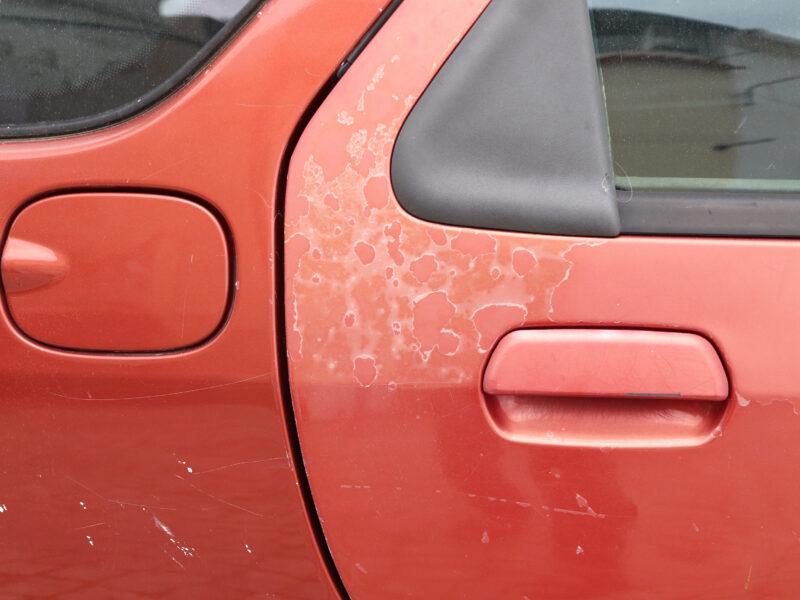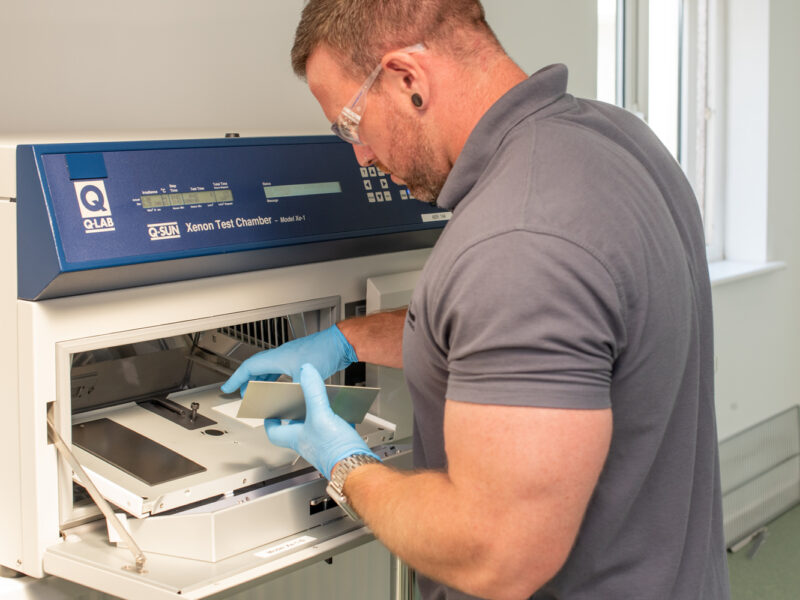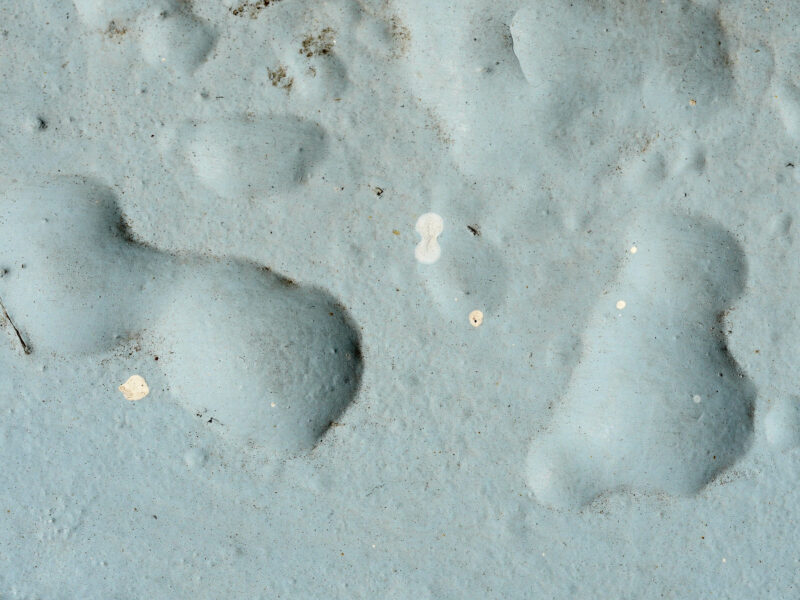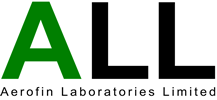Weathering
Light is responsible for almost all photodegradation of durable materials exposed outdoors. Accelerated weathering testing reproduces the damage caused by light.
In a few days or weeks, testing can reproduce the damage that occurs over months or years outdoors. To simulate outdoor weathering, accelerated testing exposes materials to light and other real life conditions.
UV Weathering
UV light is responsible for almost all photodegradation of durable materials exposed outdoors. UV accelerated weathering testing reproduces the damage caused by sunlight, rain and dew. For example the faded chalky pastel red car that was once a bright cherry red.
In a few days or weeks, UV testing can reproduce the damage that occurs over months or years outdoors. To simulate outdoor weathering, UV accelerated testing exposes materials to alternating cycles of UV light and other real life conditions such as moisture at controlled, elevated temperatures. It simulates the effects of natural sunlight and artificial irradiance using fluorescent UV lamps in the UVA, UVB, and UVC portions of the spectrum. It simulates dew and rain with condensing humidity and/or water spray.

Xenon Arc
Xenon Arc chambers reproduce the damage caused by full-spectrum sunlight and rain. In a few days or weeks, Xenon arc testers can reproduce the damage that occurs over months or years outdoors.
Test pieces, component parts or products are subjected to exposures that best replicate the conditions during the products life. Exposure requirements dictate the type of chamber used.
Variables include type of lamp, filter, humidity & spray functions. Exposure variables can be adjusted to best replicate the conditions during a products life or those dictated by a specification.
Types of damage caused by UV weathering & Xenon arc testing include colour change, gloss loss, chalking, cracking, crazing, hazing and blistering. These can be evaluated periodically during test

Evaluations Include:
- ISO 2813- Paints and varnishes — Determination of gloss value at 20°, 60° and 85°
- ASTM D523- Standard Test Method for Specular Gloss.
- ISO 105-A02- test for colour fastness – grey scale for assessing change in colour.
- ISO 4628-2 Assessment of degree of blistering.
- ISO 4628-4 Assessment of degree of cracking.
- ISO 4628-5 Assessment of degree of flaking.
- ISO 4628-6 Assessment of degree of chalking by tape method.



